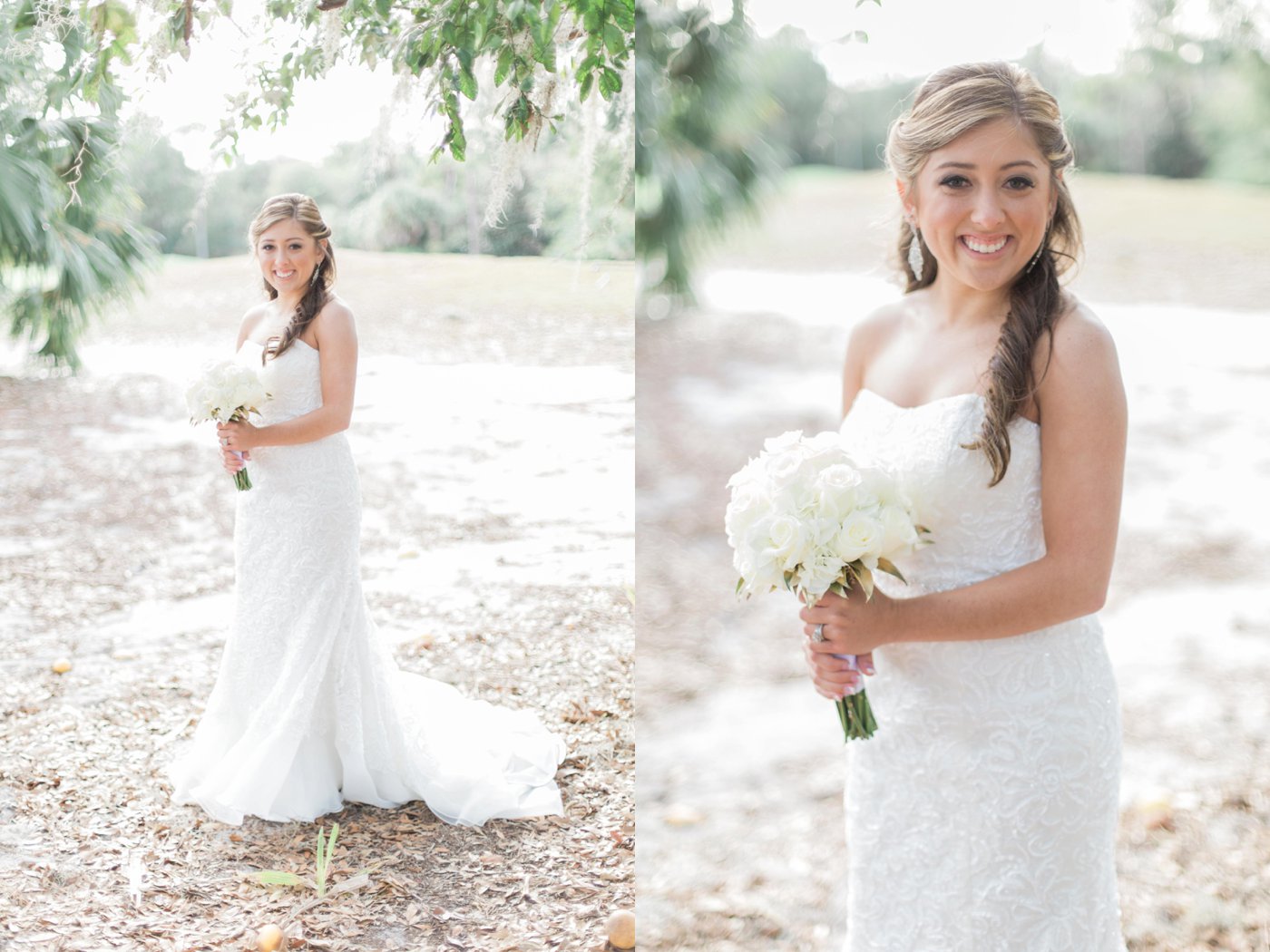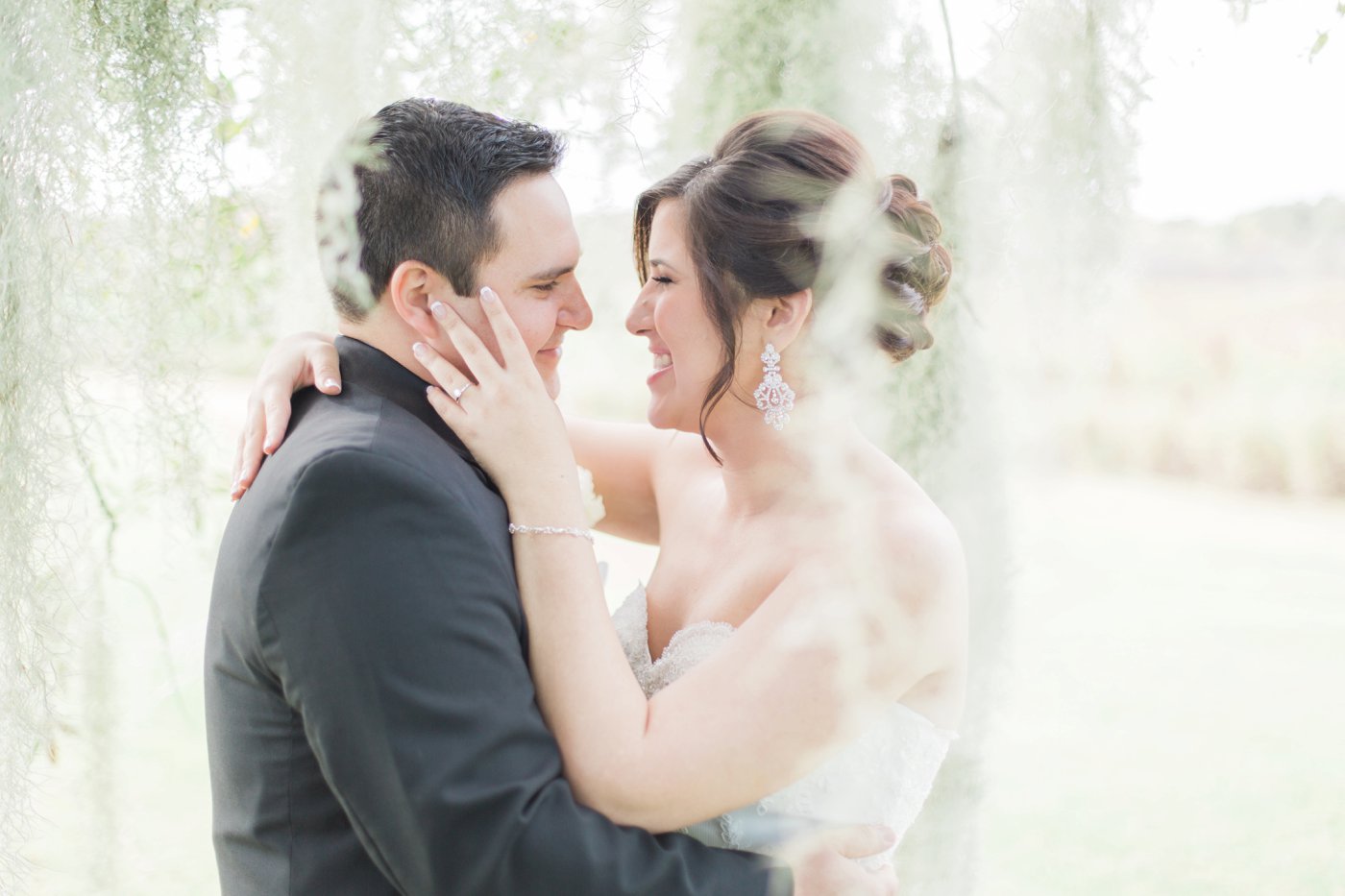Our brides always tell us how they love the “blurry backgrounds” in our images. Photographers ask “How do you get your blurry backgrounds?” . Well before we get into that, we have a confession. For the longest we did not know that there was a technical name for this. And when I say for the longest… we started calling it by its actual name last year. We’ve been doing photography since 2010 soooo yeah! The term for this look is called “bokeh”. So fancy, I know. We have no shame in our game, and we will continue to refer to it as “blurry backgrounds” in this post.
So what do you need and how do you use it to get these “blurry backgrounds” . Here are some great tips to get you started!
Use a large aperture
What is aperture? Aperture is the opening of the lens, also referred to as the F stop. The opening of the lens controls how much light the lens takes in. It also controls the depth of field. So contrary to what your mind is trained to think, the smaller the f-stop the larger the aperture. The larger the aperture the more light the lens will collect and the smaller the depth of field. The smaller the depth of field the more you are able to isolate and focus on your subject. Everything surrounding this focal point will be blurred, thus creating “bokeh” or as we like to call it, a “blurry background”.
Your equipment
We early on knew that this was a look that we wanted in our images. We knew that we wanted lenses with large apertures. A lens that has a maximum aperture of 4.o for example will not allow me to create an image with as blurry of a background as a lens that has an aperture that opens all the way to a f-stop 1.2. Because we knew this we decided to prioritize our lenses and invested in lenses that had a large aperture capability. Getting the right equipment is very important!
Zoom Lens
Zoom lenses are often criticized for not the same image quality that prime lenses do. A prime lens is a fixed lens. This means that there is no zooming just you moving closer or further from your subject. Prior to us getting our fixed lenses we did the majority of our portrait sessions with our zoom 70-200mm lens. We used the heck out of this lens and were still able to obtain the blurry background. We did this by standing at a distance and zooming in on our subject. When we did this (and opened up our aperture to the largest possible on this lens, f/2.8) it separated the subject from the rest of the scene and gave us a beautiful blurry background.
Put them legs to work
We especially put these legs to work with our prime lenses! The closer you get to your subject, the blurrier the background will be. With some lenses you can move in closer than others. This is called the MFD, the minimum focusing distance. The MFD is a measure of how close you can be to your subject and still lock focus. Below is an example:
Both images shot at the same setting exact same spot: 50mm at 200ISO f/1.6 1/320 sec .The only difference between the two images is I was about 10 feet from her on the left and about 4 feet from her on the right. Can you see the huge difference in the “blurry background”?

Another example: when we do rings shots we use a macro lens. With the macro lens we can get as close as about 4-6 inches from the subject, in this case a ring. We combine this with the largest aperture capable (2.8 for the macro) and that allows us to produce images like this. When you get closer to the subject you are physically closing in the depth of field, the smaller the depth of field the blurrier the background. The concept of getting in close to your subject while blurring the background is maximized in macro lenses.

What to buy…
If you are just getting started you can start with lenses that aren’t too expensive and have a wide aperture. Here are a couple of lenses that we had in the beginning of our career and worked amazing for the result that we wanted.
Canon – EF 50mm f/1.8 STM Standard Lens is a great starting lens with a ticket price $125 vs the Canon – EF 50mm f/1.2L USM Standard Lens with a ticket price $1300
Canon – EF 85mm f/1.8 USM Medium Telephoto Lens priced at $370 vs Canon – EF 85mm f/1.2L II USM Medium Telephoto Lens priced at $1900
P.S. If you want to receive more helpful tips for photography sign up to get these directly to your inbox. We pinky promise your contact info will not be shared with anyone and no SPAM. We hate SPAM, unless its in the can with some sunny side up eggs, mmmmmm. Sorry got side tracked there for a moment. Till next time!
